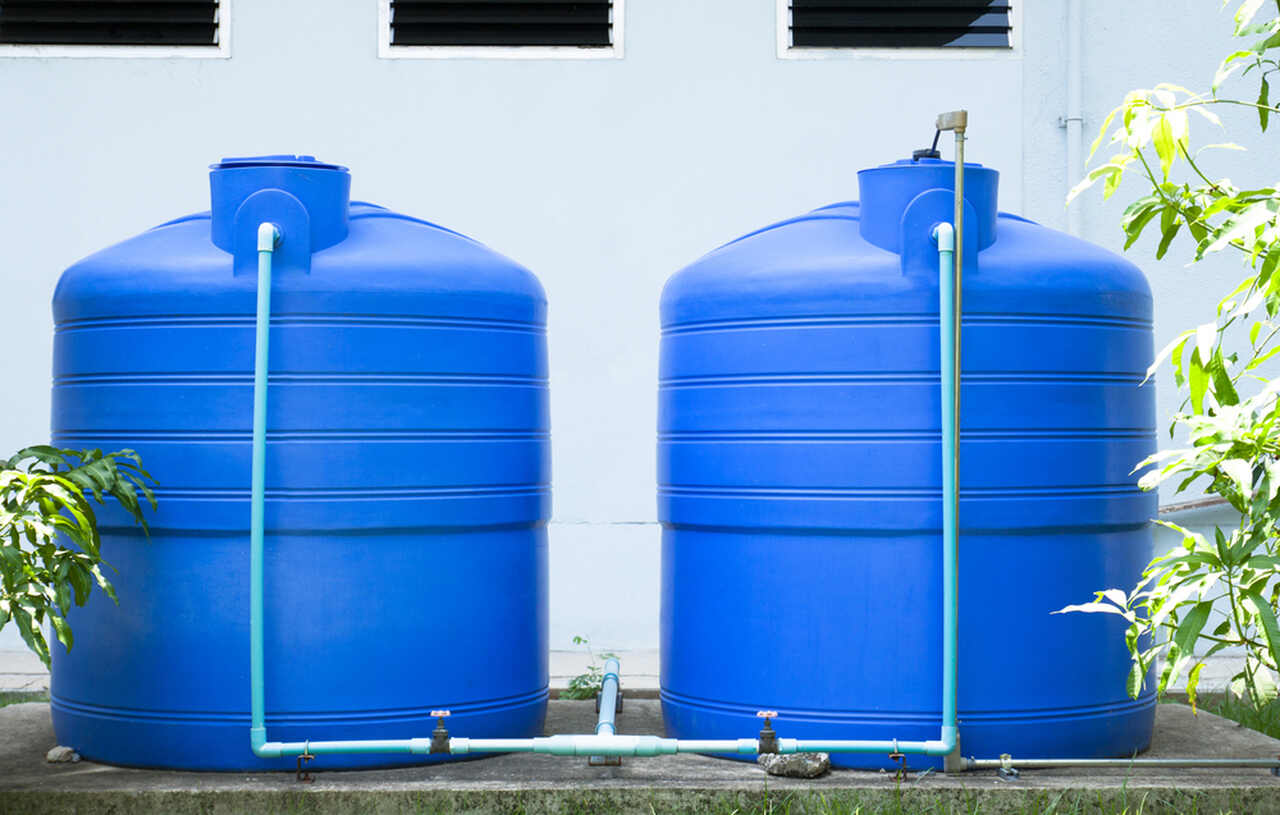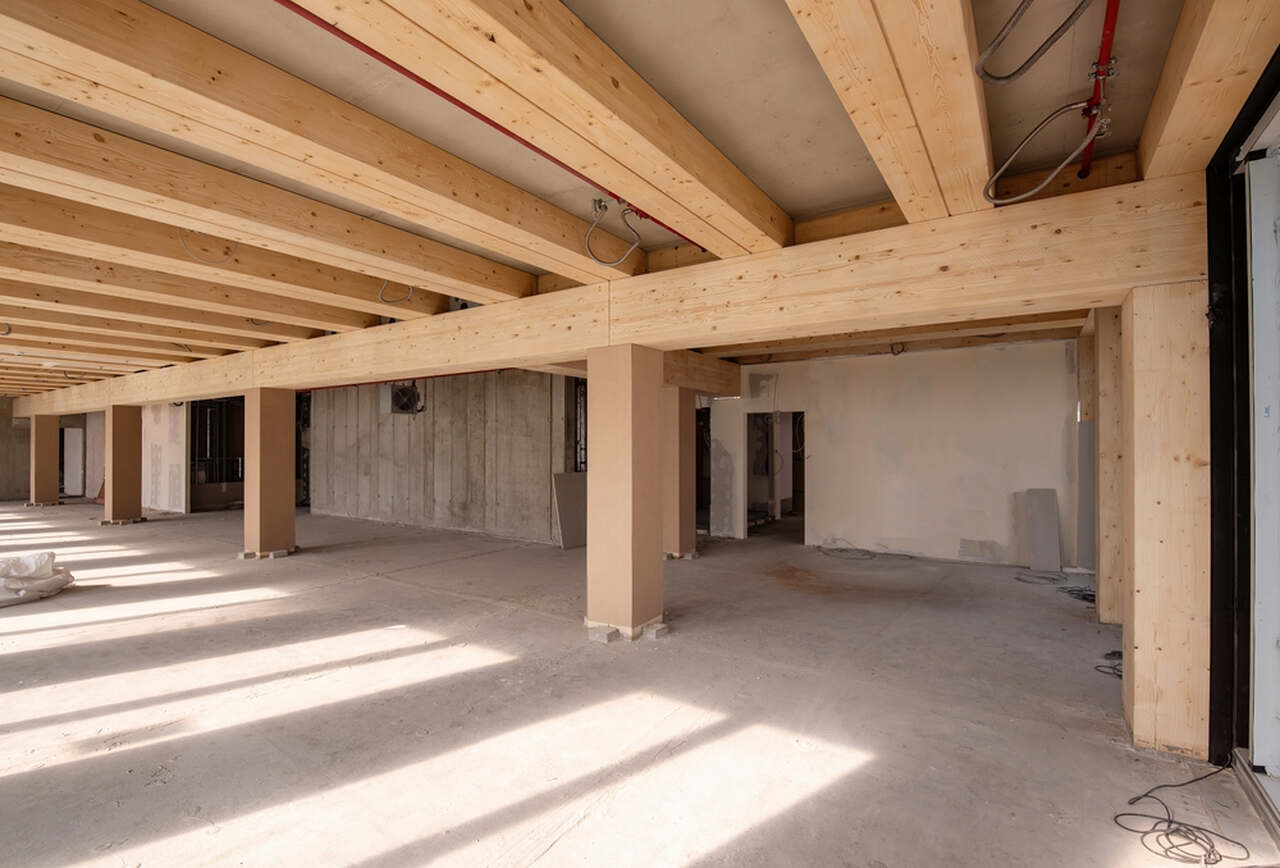
Drainage refers to the process of removing excess water and moisture from an area. It is essential for maintaining the stability and integrity of buildings, gardens, and farmland. The drainage system is used to prevent water from accumulating and causing damage and erosion. Whether you are dealing with heavy rainfall or high water levels, proper drainage is essential to keep your structure safe and dry.
As Baumerk, construction chemicals specialist, we will answer the question of what drainage is and explain in detail how to apply drainage in buildings.
Before moving on to our article, let us remind you that you can have detailed information about the importance of waterproofing in building projects by taking a look at our content titled Things to Know About Basement Waterproofing.
What is Drainage Basin?
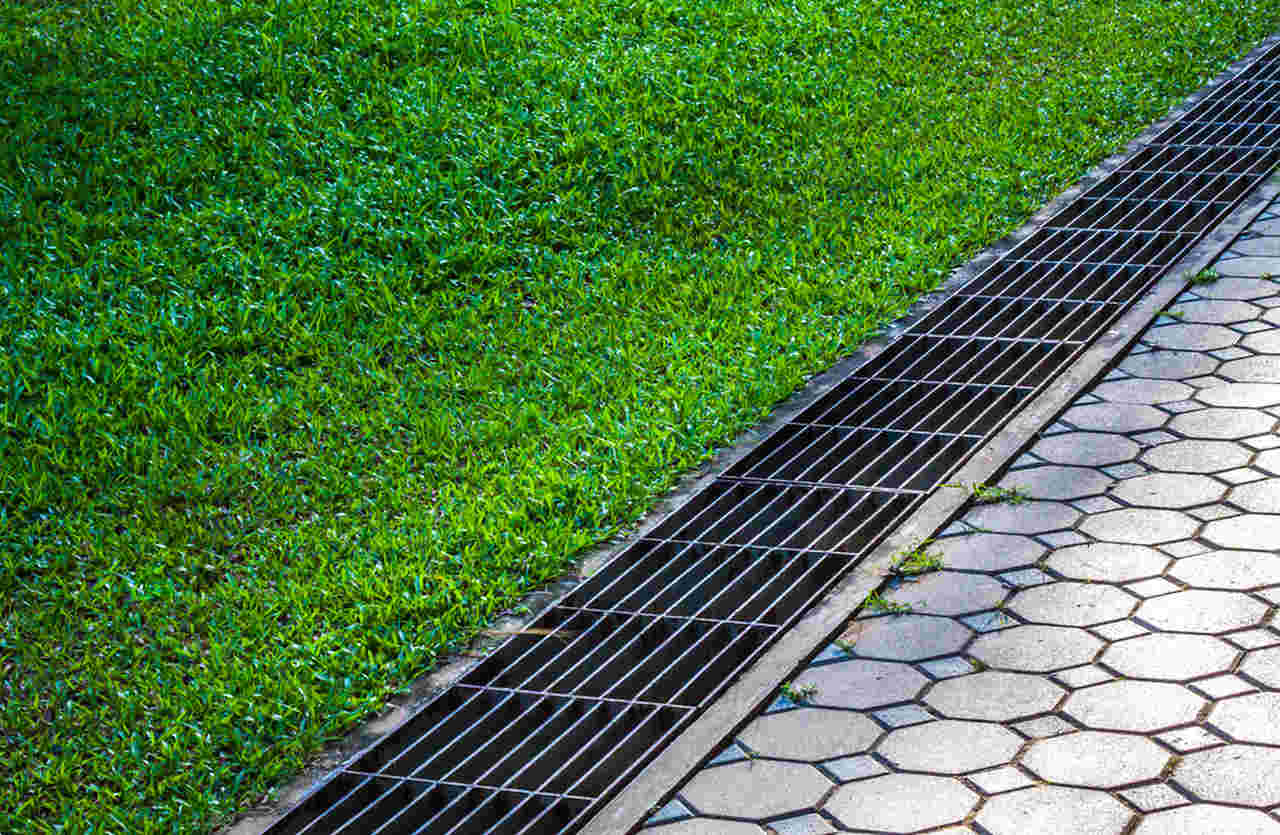
Drainage is a critical component in many structures, including homes, buildings and roads. Removing excess water prevents it from damaging the structure and its surroundings. Drainage systems can be as simple as a single pipe to remove rainwater or as complex as a network of pipes and channels to transport large quantities of water.
The need for drainage basin in buildings stems from the fact that accumulated water can cause significant damage to buildings in the long term. Excess water can penetrate the foundation of a building and lead to structural damage or the growth of mold and dampness that can pose a health hazard. Furthermore, water can erode the soil, causing land instability, especially in areas with steep slopes or heavy rainfall.
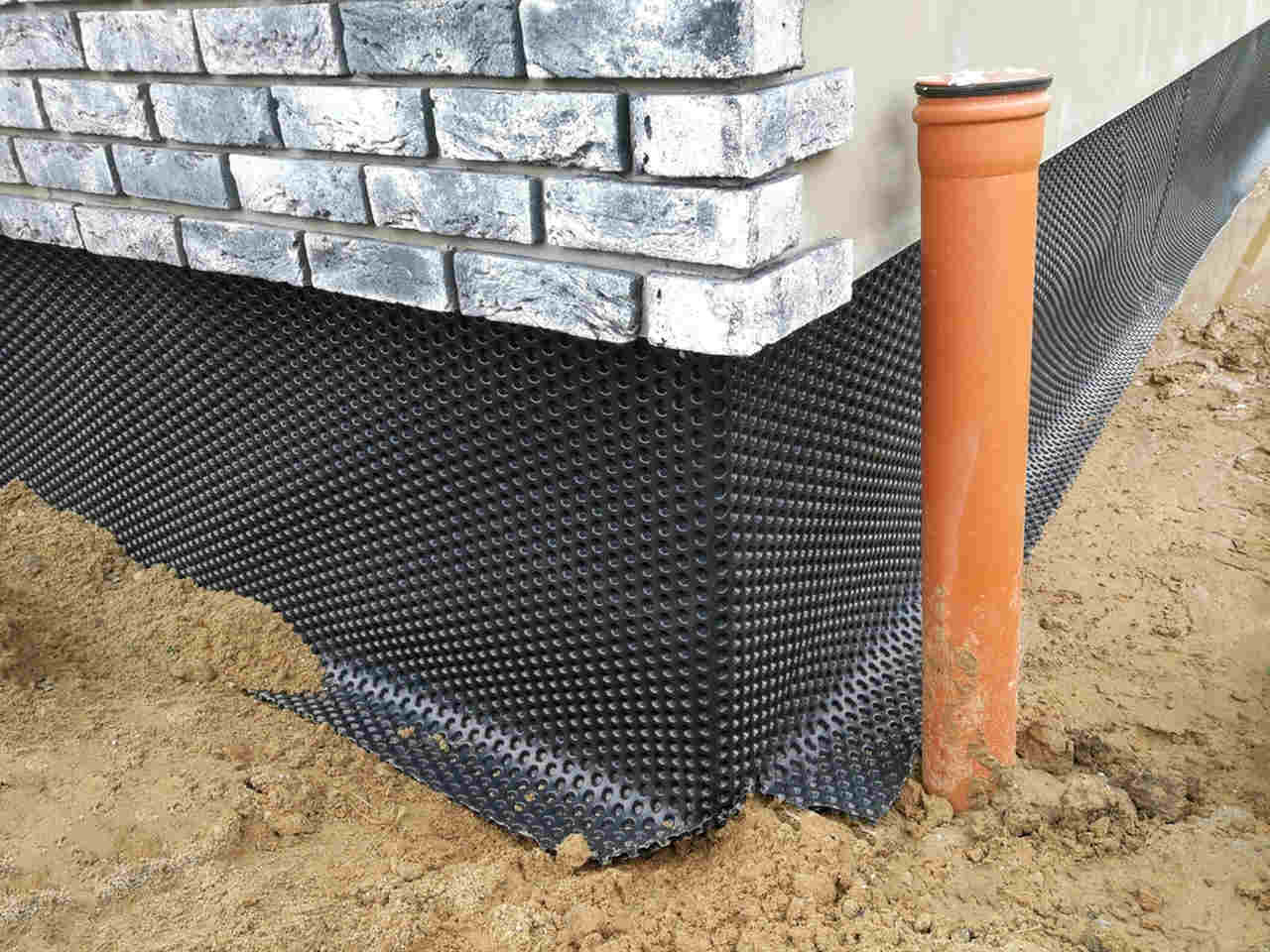
There are different drainage systems, including surface drainage, subsurface drainage, and storm drainage. Surface drainage involves the collection and removal of water from the ground surface, while subsurface drainage involves the removal of water from the soil. Storm drainage is designed to collect and transport water during heavy rainstorms or other weather events.
Regardless of the type of drainage system, it is important to choose the right materials and install the system correctly to ensure that it works properly and lasts for many years.
What Does Drainage Do?
Drainage is a critical component in many structures. It is important to ensure that structures function properly and remain durable for many years. In the construction of a drainage system, it is important to select the right materials and install them correctly.
Regular maintenance is also important to keep the system functioning properly and prevent damage to the structure and the surrounding area. Whether you are installing a drainage system for residential or commercial property, it is important to work with a professional with experience and expertise in this field.
How to Install Drainage Pipe?

The installation of a drainage dimple board requires careful planning, preparation, and implementation. The implementation of a drainage system begins with the selection of the appropriate material after taking into account both the internal equipment and the environmental conditions of each structure. The steps listed below summarize the general process of installing a drainage system:
1. Examine the Area
The first step in installing a drainage system is to survey the area and determine the type of system needed. This involves assessing the amount of rainfall in the area, the slope of the land, and the type of soil. This will tell you what type and material of drainage system is best for the structure.
2. Determine the Layout Plan
After completing the site survey and deciding on the type of drainage and materials, it is time to determine the layout of the drainage system. This involves selecting the location of drainage channels and pipes and determining the path the water will take to reach the drainage system.
3. Excavate the Site
The area for the drainage system should be excavated to the required depth and width. The excavation should be level and slope in the direction of the drainage system.
4. Place the Pipes
Once the excavation is complete, the pipes can be installed. Pipes should be buried at the appropriate depth, and all joints should be sealed with silicone or another type of sealant to prevent water from seeping out.
5. Install Drainage Channels
Drainage channels can be made of concrete, stone, or other materials. They should be installed at the appropriate slope and level to ensure proper water flow.
6. Install Outlets
Outlets, such as basins, are used to collect water from drainage channels and direct it into pipes. Install them in the right place and at the right height to ensure proper water flow. This makes draining easy, even in situations where heavy water is encountered.
7. Cover the Drainage System
The final step is to cover the drainage system with soil or other material to prevent debris from entering the system. A layer of crushed stone or gravel can be placed over the drainage channels to help protect the system and improve water flow.
Maintenance of Drainage Systems
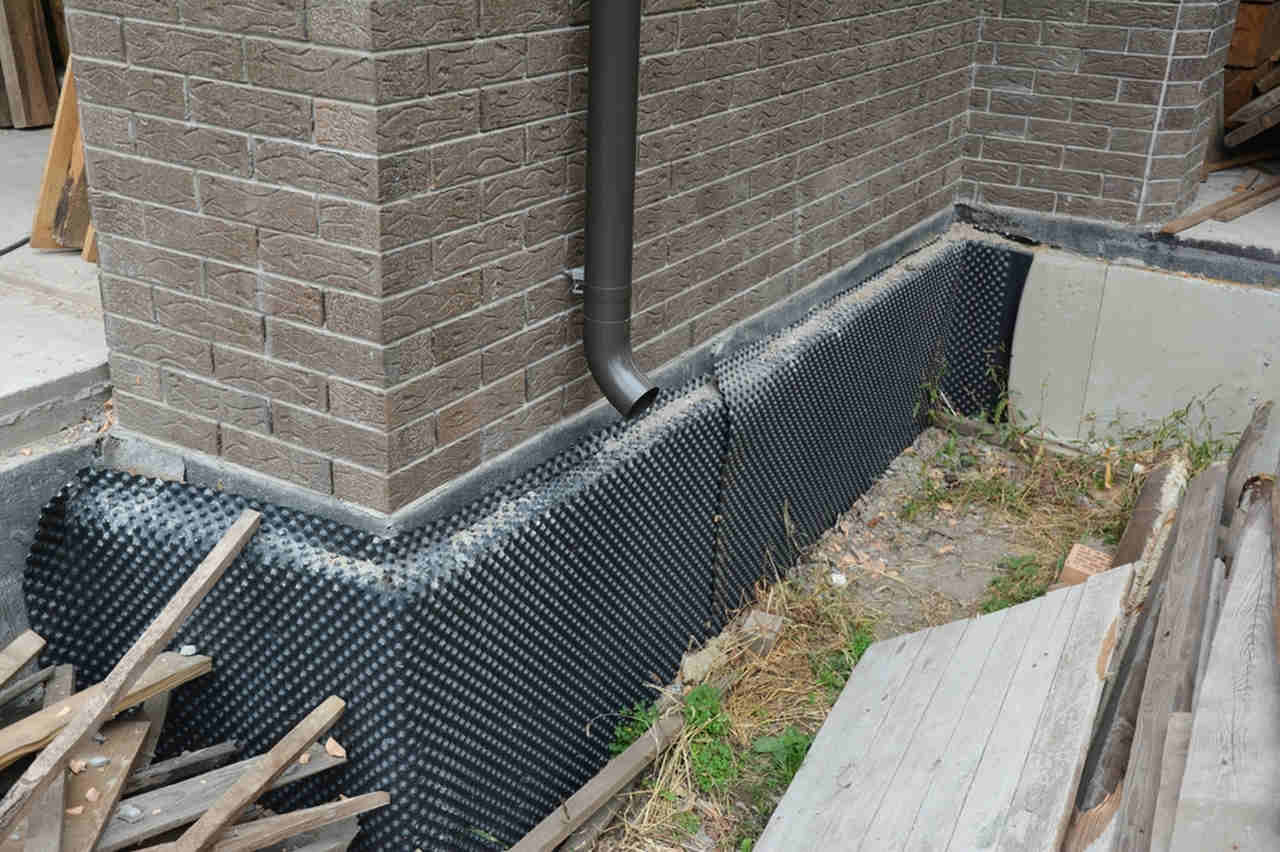
Regular maintenance is important to ensure the proper functioning of a drainage dimple board and to prevent damage to the structure and the surrounding area. Some common maintenance methods include:
- Cleaning debris from drainage channels and pipes to prevent blockages
- Checking and repairing leaks or cracks in pipes and ducts
- Checking and adjusting the slope of drainage channels to ensure proper water flow
- Replacement of damaged or worn components such as pipes or outlets
HDPE Based, Protective Drainage Dimple Board - DRAIN-B, which is among Baumerk construction chemicals, is produced from high-density polyethylene, resistant to plant roots and rot, and protects the curtain wall from water and moisture.
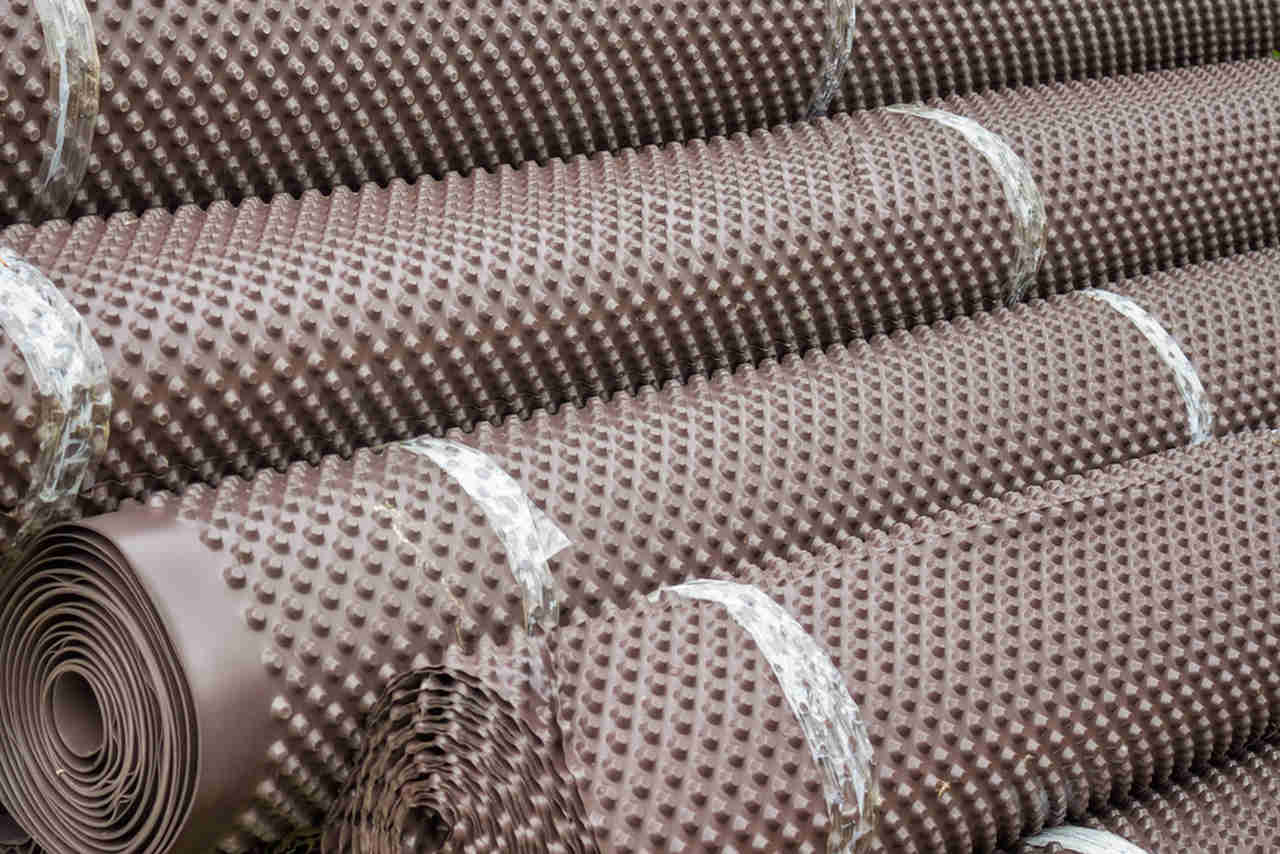
DRAIN-B drainage dimple board, which should be placed approximately 15 cm above the waterproofing layer and facing the applied surface, should be fixed at the top of the surface with an interval of approximately 20 cm or attached to the surface with a pressure profile. Thanks to the drainage board that provides protection of water and heat insulation, the soil load is evenly distributed, the curtain wall is allowed to breathe, and the waterproofing is protected against possible damage.
We have come to the end of our article in which we have answered the question of what drainage is and listed the points to be considered when making drainage applications. Let us remind you that you can increase the durability of your building projects by examining the construction chemicals and waterproofing membrane products in Baumerk's wide product catalog. You can contact Baumerk, which has a well-equipped technical team for all your questions.

